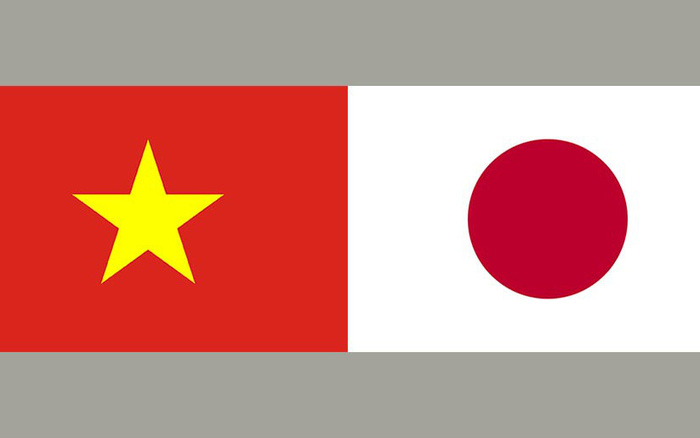
Feedback
Did you find what you were looking for?
Can we ask you a few more questions to help improve the VNTR?
 The Vietnam-Japan Economic Partnership Agreement (VJEPA) was signed on December 25, 2008, has been effective since October 1, 2009. Its comprehensive content includes many areas including trade in goods, trade in services, investment, and improvement of the business environment and movement of natural persons.
The Vietnam-Japan Economic Partnership Agreement (VJEPA) was signed on December 25, 2008, has been effective since October 1, 2009. Its comprehensive content includes many areas including trade in goods, trade in services, investment, and improvement of the business environment and movement of natural persons.
Accordingly, in the last year of the tax reduction roadmap (in 2026), which is after 16 year implementation of this Agreement, Vietnam has committed to eliminating 90.64% of the tariff lines and by the time the Agreement was effective, 29.14% of the tariff lines have been immediately deleted. The remaining ones are for CKD cars and other sensitive lines, which maintain the basic tariffs or do not reduce, accounting for 9% on the groups including alcohol tobacco, some chemical products, explosives, rubber, cotton and steel…
Japan committed to eliminate tariffs for 96.45% of the total tariff lines for Vietnamese goods by the end of the schedule (in 2026), in which:
Vietnam commits to eliminate tariffs for Japanese goods according to the following schedule:
The Vietnam-Japan Economic Partnership Agreement
Annex 1: Schedules in relation to Article 16
Annex 2: Product Specific Rules
Annex 3: Operational Certification Procedures
Annex 4: Financial Services
Annex 5: Schedules of Specific Commitments in relation to Article 62
Annex 6: Lists of Most-Favored-Nation Treatment Exemptions in relation to Article 63
Annex 7: Specific Commitments for the Movement of Natural Persons
Others
Agreement between Japan and Vietnam for the Liberalization, Promotion and Protection of Investment
A good is considered to be originating in VJEPA if it is wholly obtained or produced in a Member country, or if it meets one of the following two conditions:
VJEPA Certificate of Origin is C/O form VJ. All these C/O are currently being issued in hard copy. C/O VJ can be issued before, during or after the export of the goods. VJEPA does not have a provision on Self-Certification of Origin.
VJEPA has a number of new commitments compared to the WTO regarding definitions and levels of competitive protection in some service sectors (such as telecommunications services...).
Regarding service market openness:
VJEPA has an additional commitment to open its doors and receive business guests, specifically, to accept nurses if it meets all the conditions required by the law of the receiving country for a period of 3 years and can be extended.
In addition, Japan also commits to give Vietnam preferential ODA to train 200-300 Vietnamese nurses in Japan every year and allows these nurses trained in Japan to work long-term (up to 7 years) in Japan.
Ministry of Industry and Trade
Disclaimer: All information on this website is presented for consulation purpose only and does not constitute legal advice. All legal responsibility rests solely on the user. Users should not act upon any information obtained through this website without prior verigication with competent national authorities.
The website has been developed under Web Content Accessibility Guidlines (WCAG) 2
Viet Nam Ministry of Industry and Trade. All rights reserved.

Did you find what you were looking for?
Can we ask you a few more questions to help improve the VNTR?

0 of 12 answered


